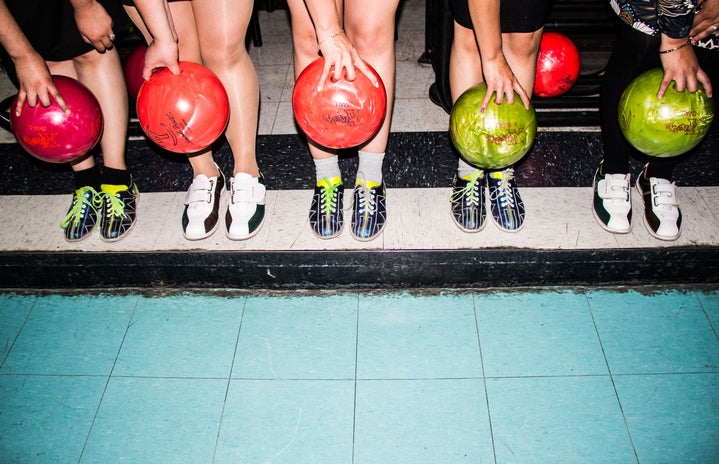If you’re part of the 70 percent of college students working part-time while in school, chances are you spend a lot of time on your feet. Most food service and retail jobs require you to stand between 6 to 10 hours per shift, with just a thirty minute break thrown in somewhere.
Even though we’re young, this amount of standing puts a huge amount of stress on the body, and without stretching and strengthening specific muscles, could lead to discomfort. As much as we make an effort to keep people from sitting all day, it is equally important to recognize the hazards of standing all day as well. Sitting is bad for the lower back, because that is what your body puts pressure on in order to sit up. But standing can be equally bad because it puts pressure on the knees and bottoms of your feet.
I know this not only because that’s what hurts after the shifts I work at a falafel place two to four times per week, but also because I have mild scoliosis and got tendonitis in my sophomore year of high school, so after multiple visits to various physical therapists I am a low-key expert on body wellness and joint pain. So here are the stretches and exercises I do to prevent physical pain:
-
In order to prevent knee joint issues, the muscles surrounding the knee must be strong. Having strong surrounding muscles pads the joint, giving it support when it is used for eight hours in a row. So the glutes, hamstrings, and quadriceps are really important muscles to strengthen. My favorite glute exercise is the donkey kick. It targets the glute muscles really well, and doesn’t use the knees the way squats do. Even though squats are great, if done incorrectly, they can do more harm than good. It’s important not to arch your back too much when doing a donkey kick. You should tighten and straighten your abdomen while kicking back, so you can feel your muscles there, in addition to your glutes and hamstrings.
2. I learned my favorite move for my quadriceps when I had tendonitis in my legs. Just lie down, and with one knee bent, keep the other leg straight and lift it knee-level to the bent leg. I do this 30 times on each side, but do what’s best for you.
3. The abs are also important, especially for posture. I like to target the abs as much as possible, so I lie down, kick both my legs up toward the ceiling and reach for my toes, pressing my lower back hard into the ground.
4. The hips and hamstrings are especially important to stretch after these exercises, and after the stiffening of your muscles after a long, multiple-hour shift. The best stretch I have for hamstrings, is once again, lying on the ground and with one leg lying flat on the floor, stretch the other leg straight toward you, trying to bring your ankle to your face. For hips, the pigeon stretch is amazing. Make sure to flex the foot of the hip your stretching, so you feel the move in your hip and not you knee.
5. While at work, try to get a stretch in while you can. Touch your toes, lean on something to take the pressure off your legs, do some calf muscle work by standing on and off your tiptoes, fix your posture throughout the day.
And as for the pain you may or may not feel from the emotional labor a minimum wage puts you through, that’s an entirely different set of tips to stay on the lookout for.



